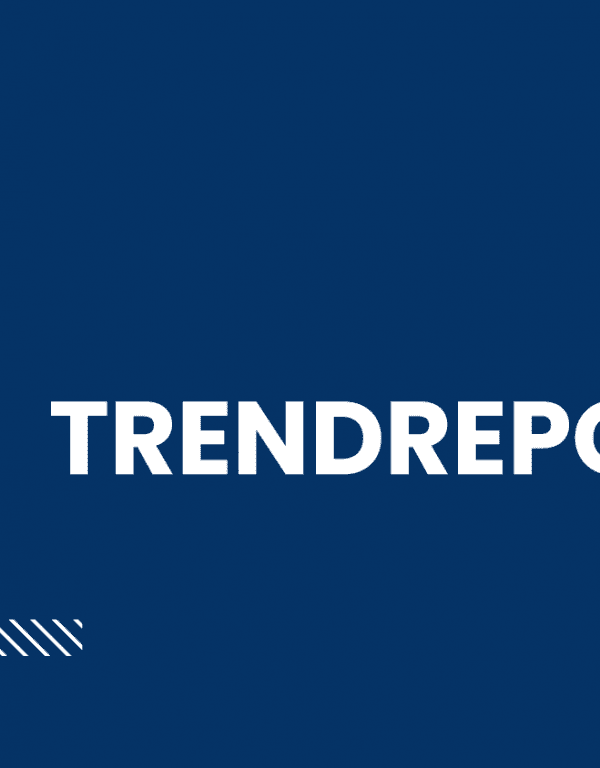
We’re living in uncertain times due to a terrifying pandemic that continues to raise questions that healthcare professionals can’t answer (like do you develop immunity from it if you’ve already recovered from COVID-19 — or could you get sick again from it?) combined with economic chaos that’s reshaping our economy while creating huge numbers of unemployed workers.
Against that backdrop, two questions we’ve been hearing are: “Should businesses conduct marketing and PR campaigns?” and if so, “What’s constitutes an effective campaign now?”
We recently set to answer those questions in a blog post entitled, “9 Tips and Considerations for Conducting PR When It’s Not Business-As-Usual” that appeared in CommPro.Biz.
But after that article appeared, we came across a couple of additional thoughts we wanted to discuss.
For example, one colleague wrote on LinkedIn: “The biggest challenge for companies, IMO: Being relevant while not appearing predatory.”
We think that’s right, that getting the balance right — between letting their customers know they’re open for business while also being sensitive to what we’re all going through, and that this is far from business-as-usual — will be a big challenge.
For example, we’ve seen a lot of ads that tout the heroism of their employees. But in our article, we advised companies that their marketing messages need to match reality. That may be a problem because some of those companies don’t have a great reputation for how they treat their employees, unfortunately. They need to watch out for articles such as this from VOX: “‘I did not sign up for the military. I signed up for Walmart.’ What grocery store workers say they’re facing during the pandemic.” We think there could be more articles that highlight the discrepancy between messaging and reality, and that could be a problem.
And according to CNN’s great “Reliable Sources” newsletter, “Kantor Media held a webinar about ‘TV & video consumption in ‘the new normal.'” One of the findings was there’s been “an even more pronounced surge in YouTube consumption than Netflix, and a relatively small decline in ‘co-viewing,’ or people watching together. That means increased TV/streaming consumption mostly consists of people scattering to watch, as opposed to a major bump in shared or family viewing.”
But to our perspective, what’s important are the implications for advertising. Kantor’s “researchers found that people don’t feel that brands should stop marketing during the pandemic, but that companies need to be careful not to appear as if they’re exploiting it — a ‘fine line,’ as media division CEO Andy Brown put it….But the findings generally reinforced some key points about increased consumption, acceleration of streaming and the hunger to return to some semblance of normalcy whenever that’s possible…”
We do think the desire to return to normalcy among consumers is important to keep in mind. Marketing functions should keep that in mind when considering how to approach their marketing efforts.
We also expect there to be long-term changes in how we work (more will continue to work from home afterwards) and live, and how we pursue leisure and entertainment. Companies that can anticipate how this will play out should start developing campaigns to address that.
Let us know if you have additional thoughts about how to navigate this crisis from a marketing perspective.



